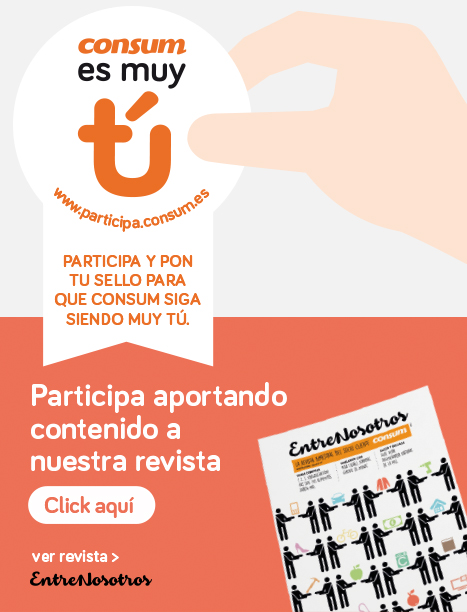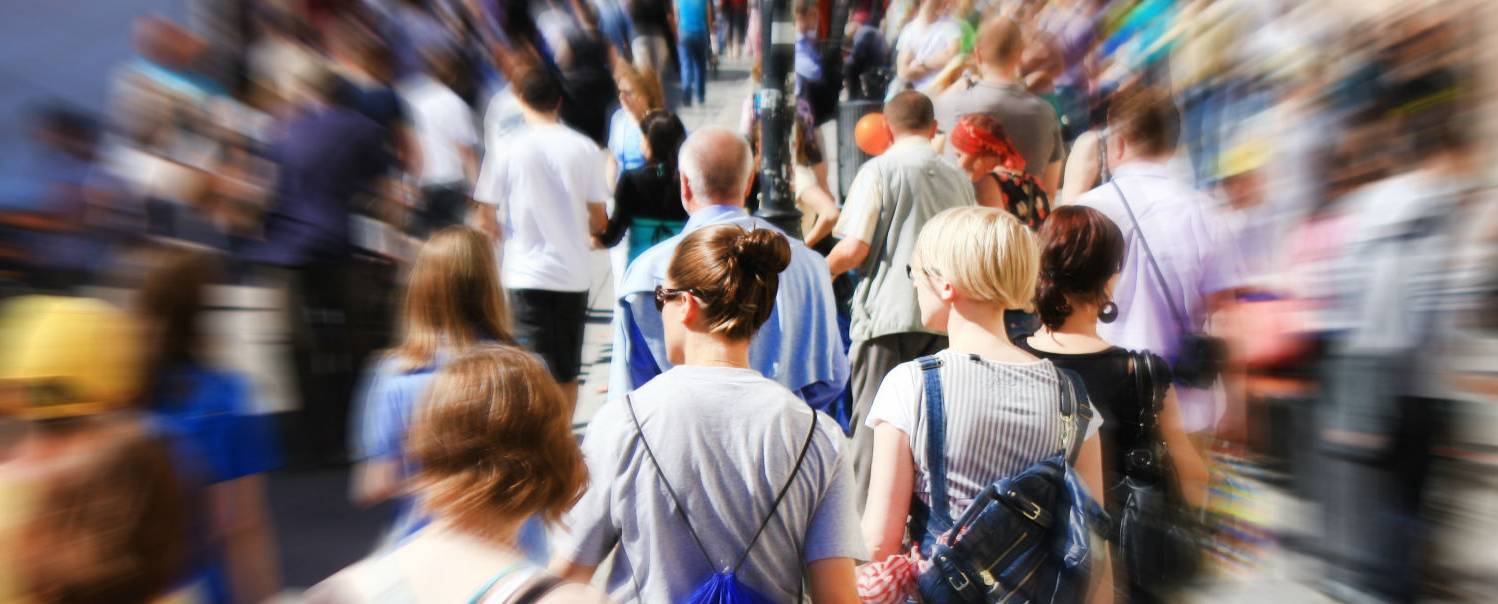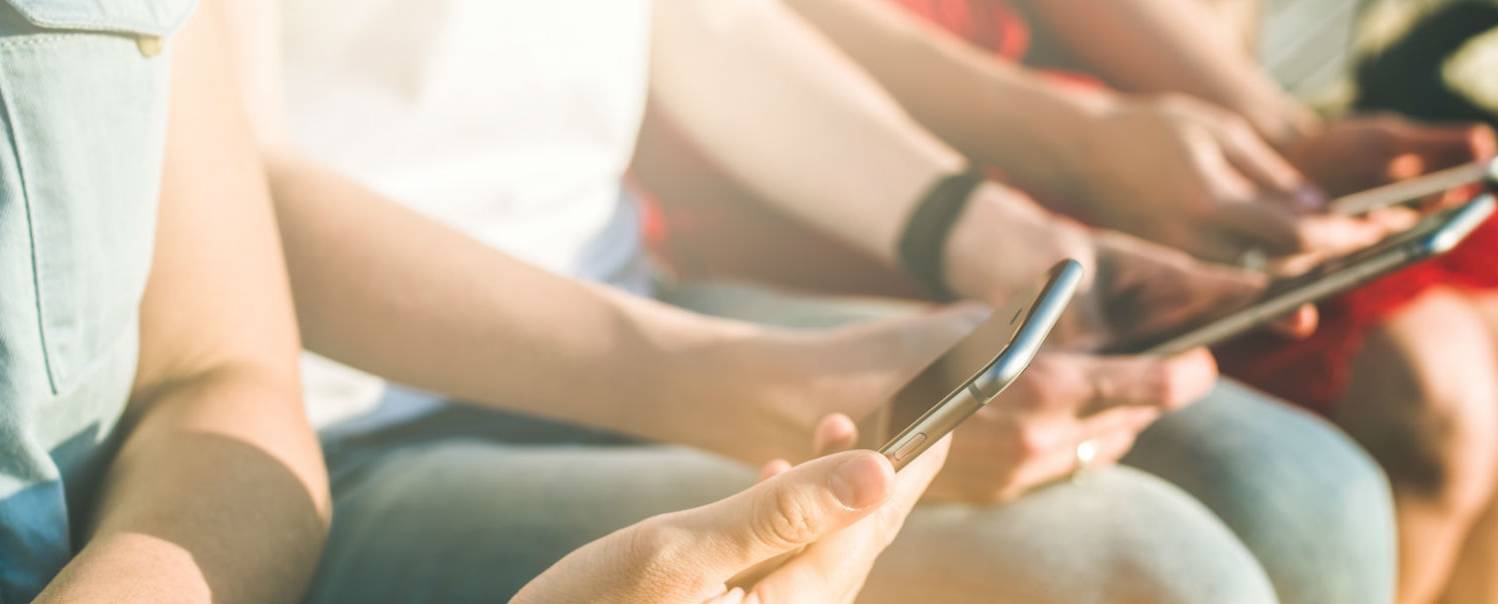How to identify rumours on social networks
Why are rumours started? What is their purpose? And why do we share them so quickly without stopping to question their validity? In this era of information and communication, are we more misinformed than ever? In the following article, we offer some advice on how to distinguish “fake news” from real, and how to check and verify information.
TOPIC OF THE MONTH
Share
How to identify a rumour
Social network rumours and fake websites share a number of common characteristics, according to the National Chief of Police:
• The author is generally anonymous.
• They often request the reader to resend the article with the objective of capturing email addresses to create databases, transmit malware, send mass email campaigns, or, simply, generate fear in the population
• They lack a publication date, and are written in a timeless manner. Normally true information always includes a date.
• They often have a “hook” to catch the internet user’s attention and try to take advantage of the positive relationship created by the false information. At the same time, false web sites tend to have unusual designs and catchy headings or claims.
• These are often written in “neutral” language to facilitate their diffusion and also contain grammatical errors or poor writing.
• The URL or web address, although appears to be authentic, always uses at least one different letter that differentiates it.
Food rumours
On social networks and blogs, we can find news that alerts us to the risks of the consumption of certain foods or food ingredients. Thanks to their catchy or alarming headlines, it is becoming easier to propagate this type of content.
Should we find this type of news, the most important thing to do is verify it with the official source it is issued by. If it lacks scientific characteristics, we can question its content. But, should any doubt arise, it is recommended to always consult official organisms regarding food safety.
A food crisis assumes a situation of exceptional characteristics where the risk to human health does exist
In Spain, the Spanish Agency for Consumption, Food Safety and Nutrition (Aecosan), through its Coordinated System of Fast Information Exchange (SCIRI), manages a network of food alerts for crisis prevention. An alert is produced when there is a suspicion that a product could provoke incidents that may affect the consumer’s health, without making it public, since it is only a suspicion. However, a food crisis assumes a situation of exceptional characteristics where the risk to human health does exist.
To verify if information about food is true or false, you can consult various official sources:
• The European Food Safety Authority (EFSA)
• In Spain, Aecosan
• On an international level, the United States Food and Drug Administration (FDA) is in charge of regulating food in the U.S.
The digital age: informed or misinformed?
Have you ever believed news that turned out to be false? You’re not the only one. Among 419 interviewees in the fourth barometer of Mira&Opina of the Spanish supermarket chain Consum, 72% recognized that at some time they have believed news content that later turned out to be false or a rumour. While 47% of the panellists claim that they think twice before sharing such information, the other 47% do so according to the importance of the information.
‘Rumour busters’ or verification websites
Fortunately, communication media as well as non-profit websites collect false information, photographs and videos and try to refute them, in addition to providing preventative advice.
Here are a few examples:
For false information:
• Maldito Bulo or La Buloteca on the web maldita.es, in collaboration with eldiario.es or The rumour buster from the digital magazine Verne from El País.
• Miniver (Ministry of the Truth)
• FactCheck on an international level
Where pictures are concerned, to find out if the photograph is real or false, there are Apps such as TinEye or, through Google, dragging the image directly to the search bar to identify the source of the photo. We can also verify if the photograph has been touched up using Photoshop or other applications on the website Izitru
For videos, websites such as the Citizen Evidence Lab , created by Amnesty International can be used for verification. This page includes tutorials to explain the process step by step.










 ¡Subscribed!
¡Subscribed!